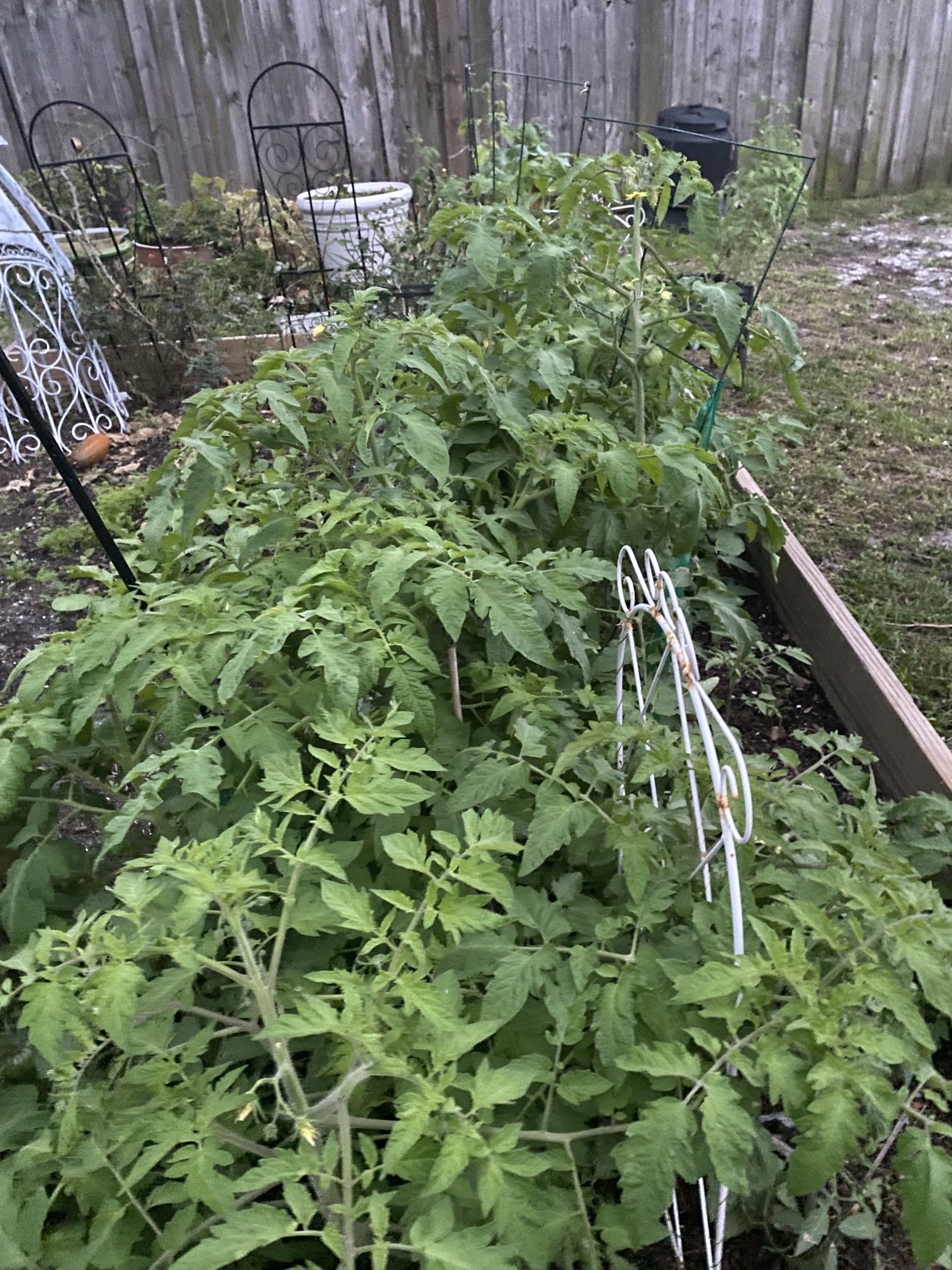
The lush greenery of a garden can sometimes lead to a common predicament: tomato plants growing too close together. This close proximity can hinder their growth and productivity. But fear not, as there are effective ways to remedy this situation. “How to separate tomato plants too close together” is a query many gardeners face, and navigating this challenge can enhance plant health and yield.
Table of Contents
Why Separating is Necessary
When tomato plants are densely packed, they compete for vital resources like sunlight, water, and nutrients. This overcrowding can stunt their growth, decrease airflow, and elevate the risk of diseases. Identifying the signs of overcrowding is the first step toward resolving the issue.
Signs of Overcrowding
- Stunted Growth: Restricted space can limit root development, leading to smaller plants.
- Yellowing Leaves: Lack of sunlight due to crowding can cause leaves to turn yellow.
- Reduced Yield: Overcrowded plants may produce fewer fruits or smaller-sized tomatoes.
- Increased Disease Susceptibility: Poor airflow can invite diseases like blight and mold.
When to Separate
The ideal time to separate tomato plants is when they are still young, typically between 4-6 weeks old, and before they start flowering. This allows them to recover from the transplanting process with minimal stress.
Tools You’ll Need
- Hand trowel
- Watering can
- Compost (optional)
- Sharp knife or pruning shears (optional)
How to Separate Tomato Plants Too Close Together
Several strategies can help alleviate the overcrowding and promote healthier growth for your tomato plants:
- Transplanting:
- Prepare New Planting Holes: Identify a suitable spot with adequate sunlight and prepare new holes for transplanting.
- Carefully Uproot: Gently dig around the root ball to avoid damaging the roots while lifting the plant.
- Replant with Care: Place the transplanted tomato plant in its new location, ensuring it’s adequately watered and supported.
- Pruning:
- Identify Crowded Stems: Identify and remove excess stems or branches to create space between plants.
- Focus on Airflow: Prune to enhance airflow within the plants, reducing the risk of diseases.
- Trim Lower Leaves: Removing lower leaves can redirect energy to fruit production and improve airflow.
- Caging and Staking:
- Install Supports: Use cages or stakes to support the plants, keeping them upright and creating separation.
- Tie Up Loose Branches: Secure sprawling branches to the support structure, creating space between plants.
- Thinning:
- Remove Weaker Plants: If overcrowding persists, consider removing weaker or less healthy plants to create more space for robust growth.
- Spacing Guidelines: Adhere to recommended spacing guidelines when planting to prevent overcrowding in the future.
Additional Tips
- Harden off your plants before transplanting: If you’ve been growing your tomatoes indoors, gradually acclimate them to outdoor conditions for a few days before planting them in the ground.
- Plant your tomatoes deeper than they were originally: This will encourage them to develop a strong root system.
- Mulch around your plants: A layer of mulch will help retain moisture, suppress weeds, and regulate soil temperature.
- Monitor your plants closely after separating: Check for signs of stress, such as wilting or drooping leaves, and provide additional water or shade if needed.
With a little care and attention, you can successfully separate your tomato plants and enjoy a bountiful harvest later in the season.
Conclusion
Navigating the challenge of separating tomato plants too close together is crucial for their optimal growth and yield. By employing techniques like transplanting, pruning, supporting, and thinning, gardeners can create the necessary space and environment for healthier tomato plants. Recognizing the signs of overcrowding and taking proactive measures not only fosters better plant health but also ensures a bountiful harvest. With these strategies in your gardening arsenal, you can transform an overcrowded tomato patch into a thriving haven for vibrant and productive plants.
